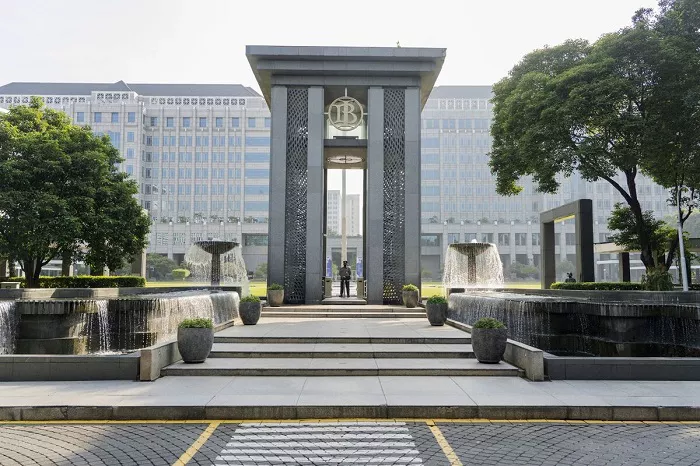SINGAPORE – Several major central banks in Asia’s emerging markets are scaling back their efforts to control their currencies. India and Malaysia have reduced the size of their derivatives trades aimed at weakening their currencies. Taiwan’s currency has strengthened significantly against the US dollar recently, with officials signaling they may allow further orderly gains. Meanwhile, South Korea’s large national pension fund has stopped supporting the won after five months.
A key reason behind this shift is the sharp decline of the US dollar, which has dropped more than 7% in 2025. This easing of dollar strength reduces pressure on emerging market currencies. Strategists also point to the risk of retaliation from the US under President Donald Trump, especially as currency policies are expected to be a topic in ongoing high-stakes tariff talks.
Rajeev De Mello, a Geneva-based portfolio manager at Gama Asset Management, said, “The threat of being labeled a currency manipulator by the US, especially during tariff negotiations, will deter heavy intervention in local markets.”
In its June foreign exchange report, the US Treasury did not name any country as a currency manipulator. However, it noted that China, Japan, South Korea, Taiwan, Singapore, and Vietnam meet two out of three criteria used for such assessments.
The cautious stance of Asian central banks reflects wider changes in global markets since President Trump’s election. His unpredictable tariff threats have unsettled asset prices and raised questions about the US dollar’s role in global trade. South Korea confirmed it held currency talks with the US in May, which pushed the won higher amid rumors that Trump favors a weaker dollar. However, White House chief economist Stephen Miran denied any secret deals to lower the dollar’s value, affirming a strong dollar policy remains in place.
In 2025, the US dollar has fallen about 10% against major currencies like the euro and Swiss franc.
Currencies Set to Benefit from Less Intervention
Traders are now betting on which Asian currencies will gain the most from reduced central bank intervention. The Korean won and Malaysian ringgit are top picks, thanks to their countries’ large trade surpluses, said Gautam Kalani, a portfolio manager at RBC Global Asset Management. He added that less intervention will accelerate their appreciation.
The Taiwan dollar is also favored by many strategists. While Taiwan’s central bank is expected to intervene to control volatility, most believe it will allow the currency to rise further after recent multi-year highs.
So far in 2025, Taiwan’s dollar has climbed 11% against the US dollar, making it the best-performing currency in the region. The Korean won has gained nearly 8%, and the Malaysian ringgit is about 5% higher.
Not All Central Banks Are Easing Off
However, this trend is not universal. Bank Indonesia intervened on June 19 to stabilize the currency amid Middle East tensions that unsettled emerging market currencies. The Philippines’ central bank has sent mixed signals—calling intervention ineffective but warning it might step up efforts if the peso’s slide continues. China’s People’s Bank maintains tight control over the yuan.
Still, for some of the most active currency managers in emerging Asia, the cost-benefit balance now favors a lighter touch.


